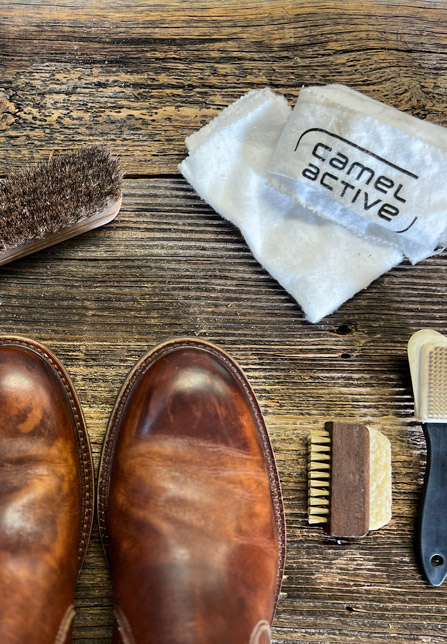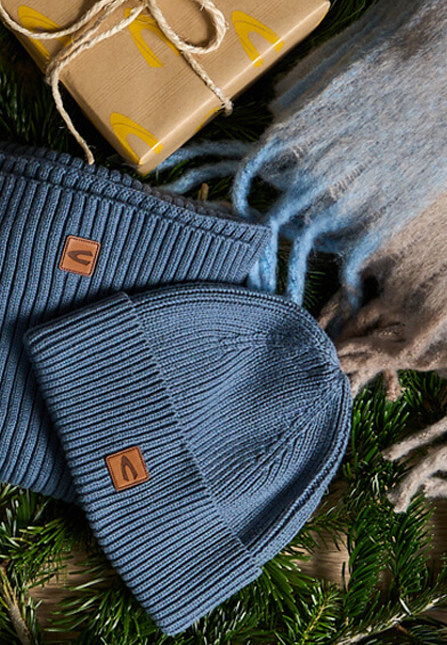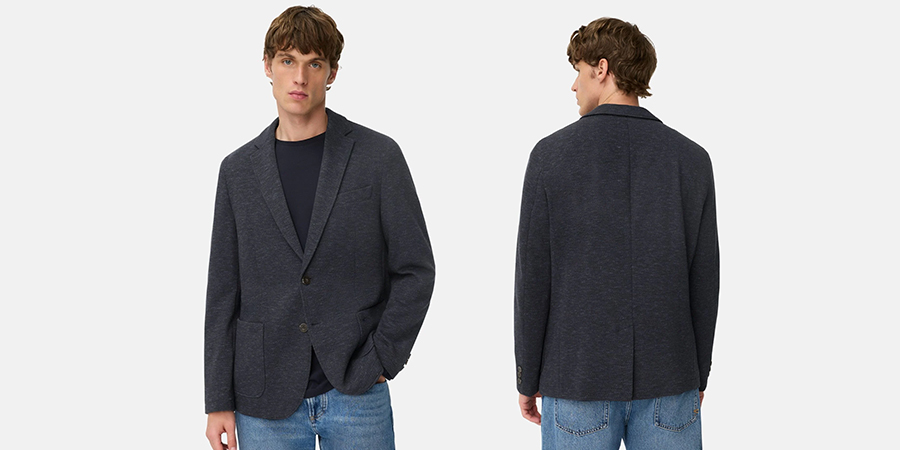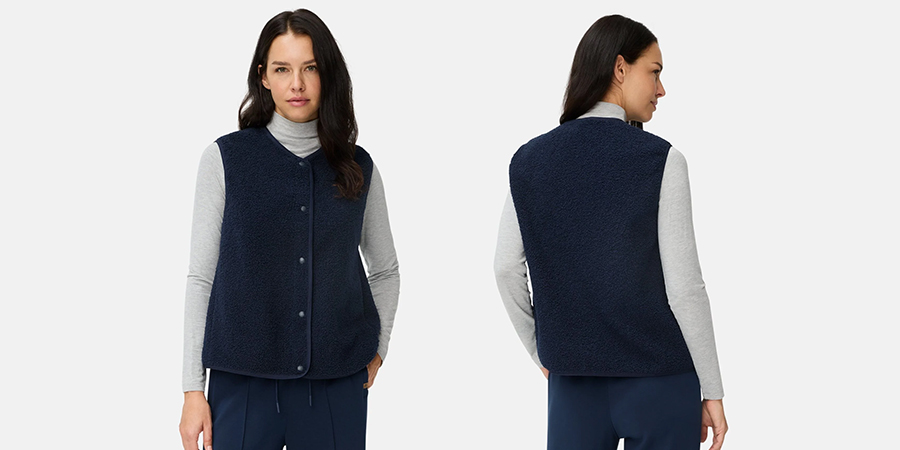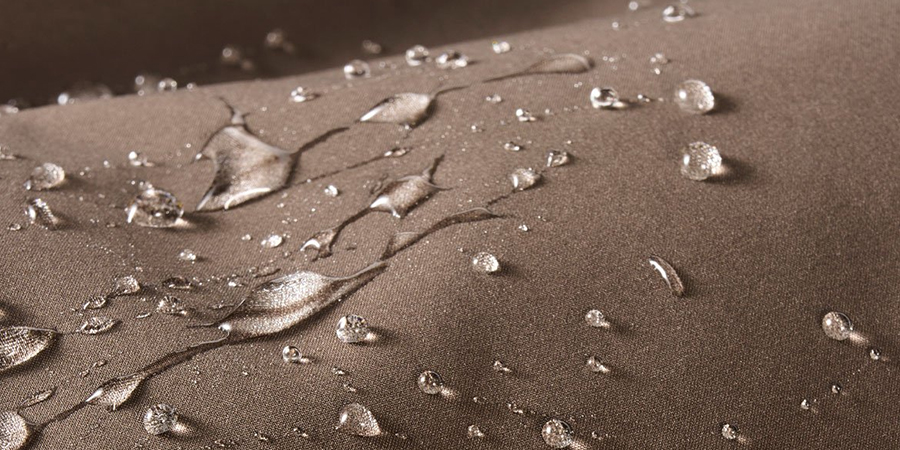EXPLORER STORIES
SUSTAINABLE MATERIALS
Why is linen considered a sustainable fabric and how can you make garments from wood or plastic bottles?
In this article we will introduce you to some sustainable materials.

Sustainable clothing
made from natural fibres.
Clothing made from plants is hard to imagine at first. If you look at the fibres of the cotton flower, it is easiest to understand how a thread could be spun from them. But from pieces of wood and flax plants?
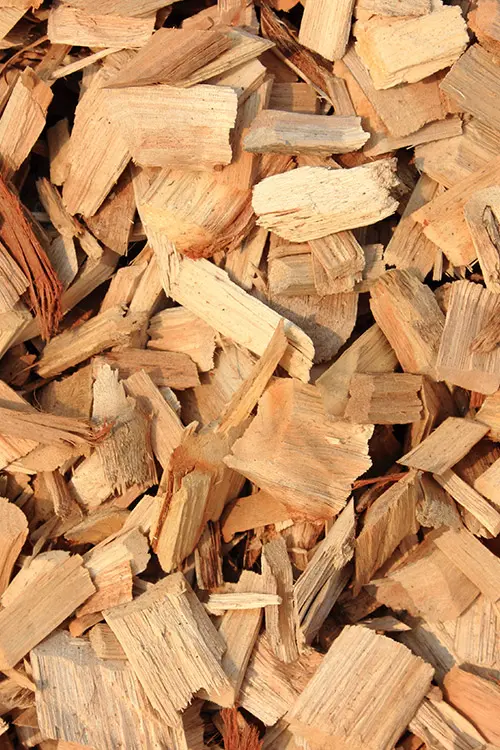
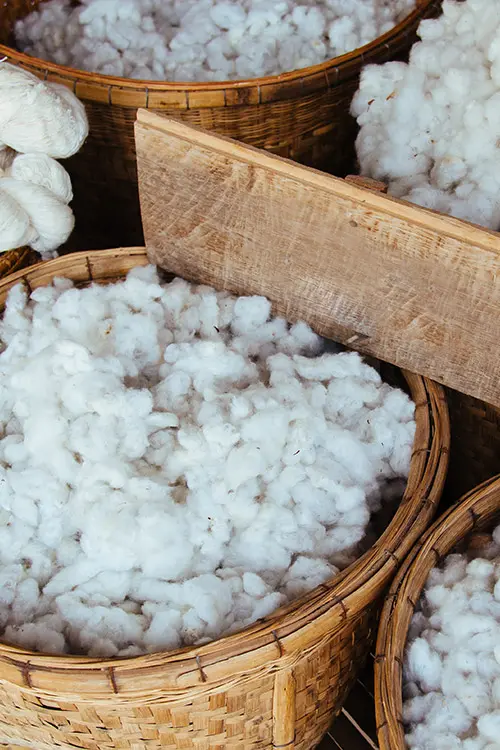
What is Lyocell and why is it a sustainable material?
A fabric made from 100% wood fibres that can be composted within a few months - that is Lyocell. The sustainable material is obtained from different types of wood from sustainable forestry. Depending on the growing region, eucalyptus wood, beech or spruce are used. These raw material suppliers grow back quickly and come without the need for artificial irrigation and pesticides. They also grow in soils that are unsuitable for growing food.
To produce a fabric from it, the wood is chopped into small pieces and a solvent is added, which releases the fibres. This solvent can be almost completely recycled again for further manufacturing processes.
The whole process - from the log to the fibre - is not as complicated as you might think: it only takes about two hours, so it saves a lot of energy and uses 20% less water than the production of cotton.
Nevertheless, Lyocell can keep up with the popular cotton fibre: It is soft, elastic and can absorb a lot of moisture. That's why we use Lyocell at camel active mainly in light summer styles and dresses, which have a cooling effect on you even on hot days.
Another advantage: Lyocell creases much less than cotton, which makes the garments a perfect companion in your backpack on your next trip into nature.
What exactly is linen and why is linen a sustainable material?
While most people now have a picture of what the cotton plant looks like, flax, the raw material for linen fabric, is fairly unknown. But the small blue flower may look familiar to balcony and garden owners, because the flax plant is robust and grows very well in our latitudes. Perhaps you can already guess why linen is such a sustainable material:

The flax for 80% of the world's linen is grown regionally in Europe. Most of it comes from the coastal regions of France and Belgium, where the varied weather of sun, rain and wind ensures that no artificial irrigation is necessary.
Compared to the cultivation of cotton, linen can save 75 % water. The flax plant is also very robust in the face of diseases and pests - as a rule, no pesticides are needed for cultivation. Flax even feels at home on poor clay soils and produces good yields. The use of fertilisers can therefore also be completely dispensed with in the production of linen fabric.
But how is flax now turned into the popular linen fabric? The fabric is made from the robust fibres of the flax plant, which are found all around the long stalk. To separate the walls from the stalk core, a natural fermentation or rotting process is used. To do this, the flax stalks are first dried and then exposed to rain and moisture again, which causes the cohesion between the two parts of the plant to dissolve. If the stalks are then dried again and broken into small pieces, the straw-like core splinters off the flexible fibre walls. What remains are the linen fibres, which can be spun into yarn after combing.
Innovative materials for sustainable clothing
Vegan alternatives and clothing made from recycled materials.
There are many good innovations for sustainable materials that sustainably improve the eco-balance of our clothing. We show you an example of particularly sustainable recycled material.
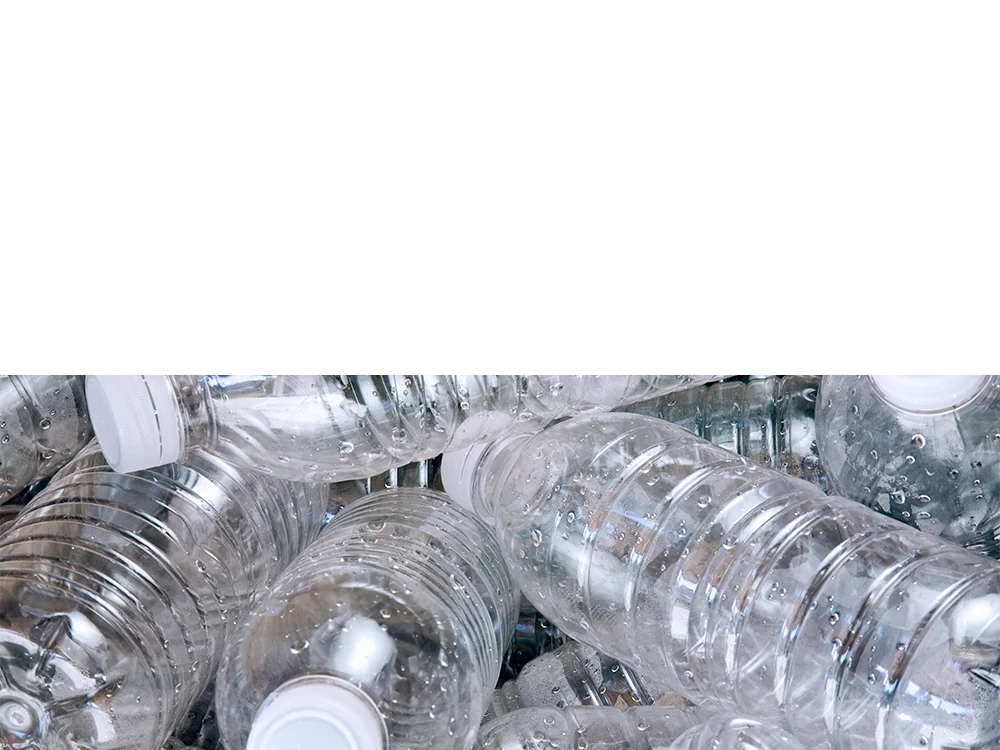
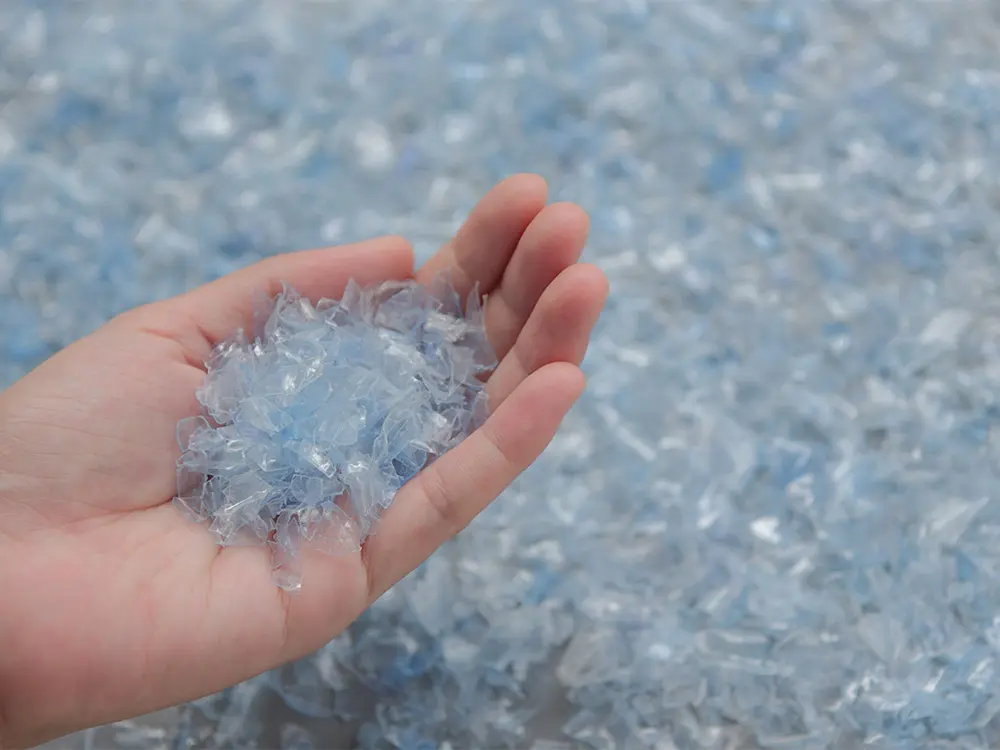
Sustainable alternatives to down feathers - Vegan filling materials for jackets
At camel active we do not use down feathers at all. To ensure that our jackets are still warm, light and functional, we use fibres such as Thermore®Ecodown.
Thermore®Ecodown fibres are made from 100% recycled PET bottles, which are collected by consumers after use and saved from landfill.
A single jacket gives up to ten plastic bottles a new life. Jackets with Ecodown® filling are perfect for outdoor adventures: the material has a very low weight and is easy to care for: You can simply wash the jackets without fear of the filling shifting or clumping. Despite its lightness, the fibre made from plastic bottles provides 20% more warmth than comparable products.
Curious? Click here for our sustainable styles:
